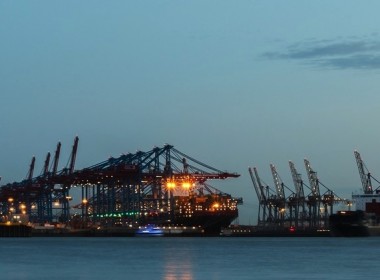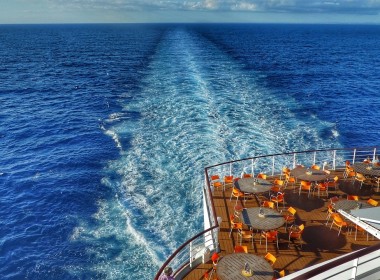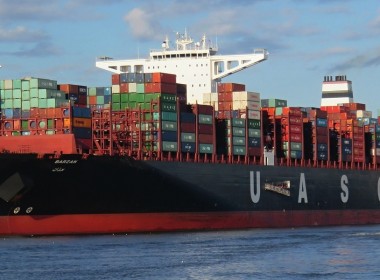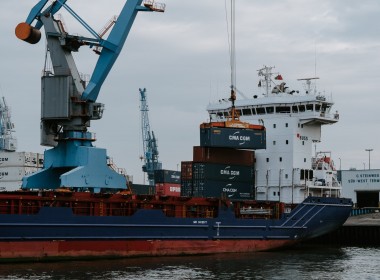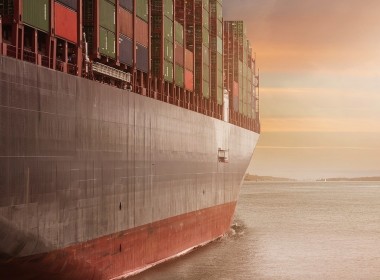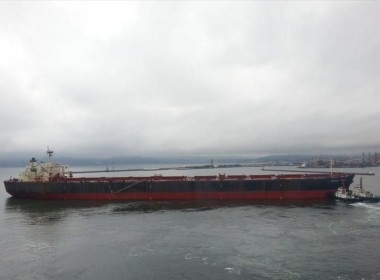COLUMN: When size matters [Grey Power]
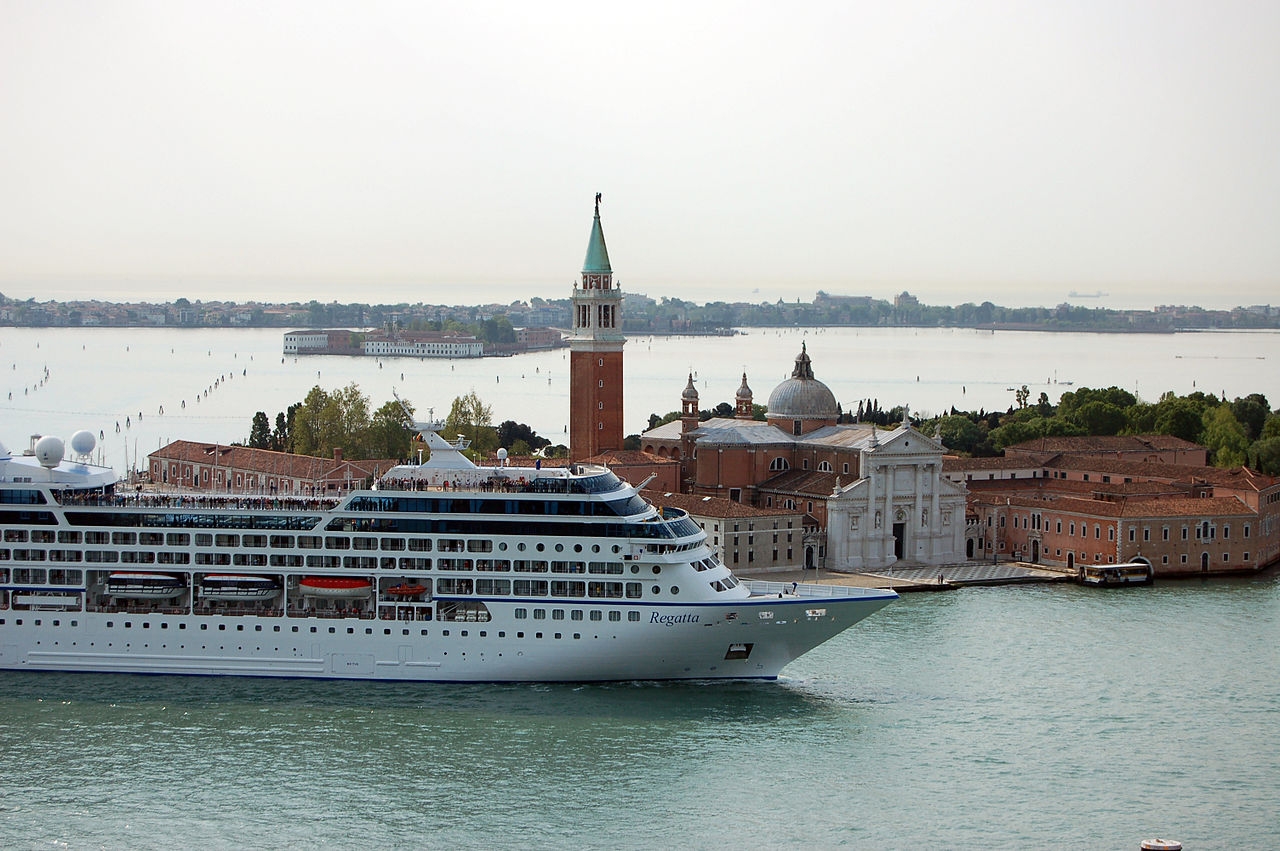
The other day, we listened to a broadcast of several thousand Italians shouting their anger at a public meeting in Venice. The clue is in the location, because they were vehemently protesting at the failure of their municipal authorities to prohibit giant cruise ships from their regular progress across the famous lagoon.
Considering the care with which the skyline of this fabulous city has been protected down the centuries, it might seem a little illogical that one’s view of this fantastic scene is regularly sullied by about 150,000 tonnes of cruise ship, eighteen decks high, slowly processing across the scene. You can have too much of a good thing.
Funnily enough, we heard this news items about the furious Venetians on holiday on a small island in Northumberland, which has been over-run by tourists in recent years. Those who depend upon them for their income are, understandably, less frustrated than other locals, who just have to put up with people crowding their streets and peering into their windows. But it sort of helped us to understand the Venetians’ point of view.
Scale economies work
The trouble is that the economics of the “mega” cruise ship cannot be gainsaid. I listened to the Finnish designer of the world’s biggest explain it all in simple terms and it seemed so very logical. Scale economies work, whether it is in providing holidays afloat at an affordable price, or ordering consumable stores. Great big, beamy, ships can be shallower and may be able to get into more ports, while additional beam equates to increased stability and seakeeping comfort. These are ships which avoid heavy weather like the plague, but size does make a rough sea more manageable for passengers’ stomachs.
The huge size also provides enormous areas of deck which can be employed for the spectacular attractions the guests expect for their money, and add to the revenue earning potential. From water slides to great hydraulic arms that hold thrill-seekers over the side, to real grass on deck and all the attractions of Copenhagen’s Tivoli in a single hull, you wonder what the cruise ship designers will think up next.
I suppose you could argue that such is the range of on-board spectacular attractions available on one of these monsters, that you really might ask yourself why anyone would wish to make an excursion ashore. They could be entirely self-contained, cruising in a bit of sunshine, in calm waters and returning to port to exchange one shipload of sated passengers for another few thousand satisfaction-seeking sybarites.
That way, you wouldn’t enrage the populations of places like Venice, by disgorging thousands of rubbernecking tourists who may, or may not spend much money and rush back to the ship for the meal they have paid for. You could show them films about the places on which they were not landing, in some hugely spectacular format. You could save a lot of fuel, by not going very far.
Who knows, a “virtual” cruise, with no shore excursions, might become quite popular. No queuing to get into tenders, no queuing to get ashore, or back aboard, on and off coaches and filing through the listed attractions, could be to everyone’s advantage, other than the sellers of souvenirs and suppliers of shore transport.
It would also make a more pleasurable experience for the passengers landed from smaller, more manageable, cruise ships, who would be able to appreciate what was on offer without knowing that there were 5,000 people in the queue behind them.
Let’s face it, if the rage of the Venetians results in a ban on entry to the lagoon for these big ships, it will be noted by a number of other cruise ports that are suffering from a surfeit of angry locals.
There have been mutterings from other Mediterranean ports about cruise landings, especially in those places which make a good living from those holidaying ashore and don’t really gain much from having their pavements even more congested by ships landing several thousand extra bodies, to block up all the attractions and then, a few hours later, sail away.
Effusions of public discontent
It is probably different for terminal ports, which still earn a substantial sum organising the changeover as cruises end and begin. But people “in transit” have never been popular in the places they are moving thorough and we shouldn’t expect human nature to change just because the travellers arrive in a 150,000-tonne cruise ship, rather than charabancs or gypsy caravans.
You wouldn’t want your happy cruise passengers to land into a crowd of locals throwing abuse, or even rocks, at them, so it would be good to think that the ship operators are watching these effusions of public discontent carefully.
Perhaps, rather than speaking to the people running ports, whose attitudes will be influenced by potential port dues and other disbursements, they should go out beyond the dock gates and take soundings among the locals. They then could behave in a rather more sensitive way, by perhaps agreeing not to swamp beautiful places by landing thousands of people at once.
And as we have seen in some ports, the last thing the locals want to look at from their expensive waterside apartments is the great slab sides of an 18-decked cruise ship, with their noise and smells wafting around their balconies. Their opinions should not be ignored, in an age when it is possible, with a smartphone and a few apps, to generate extraordinary amounts of angst among their fellow citizens. Good things don’t necessarily have to come in large sizes.


